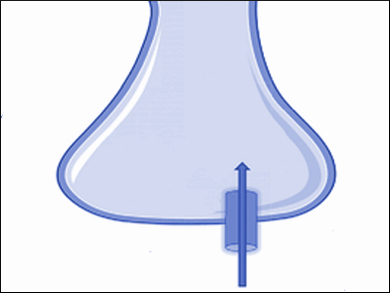Flavonoids are a class of polyphenol compounds commonly found in fruits and vegetables. They consist of two phenyl rings connected by a heterocyclic ring and are divided into different classes according to the level of oxidation. The different chemical structures not only result in different physicochemical properties, but often also in different biological activities.
Conceição Calhau, University of Porto, Portugal, and colleagues characterized the effect of flavonoids on the uptake of organic cations into neuronal cells. The team used radiolabeled methyl-4-phenylpyridinium ([3H]-MPP+) as a model organic cation to monitor the influence of various flavonoids and their metabolites on the uptake. Many endogenous bioactive amines and important neurotransmitters, such as dopamine, catecholamine, and histamine, are organic cations.
While flavan-3-ols inhibit the [3H]-MPP+ uptake, the flavonol quercetin as well as its main metabolite, its glucuronic acid conjugate, increase the uptake. The results suggest an interference of flavonoids with the neurotransmitter transport and explain the potential neuroprotective effect of some flavonoids.
- Flavonoids as dopaminergic neuromodulators,
Manuela Meireles, Eduardo Moura, Maria Augusta Vieira-Coelho, Celestino Santos-Buelga, Susana Gonzalez-Manzano, Montserrat Dueñas, Nuno Mateus, Ana Faria, Conceição Calhau,
Mol. Nutr. Food Res. 2015.
DOI: 10.1002/mnfr.201500557



